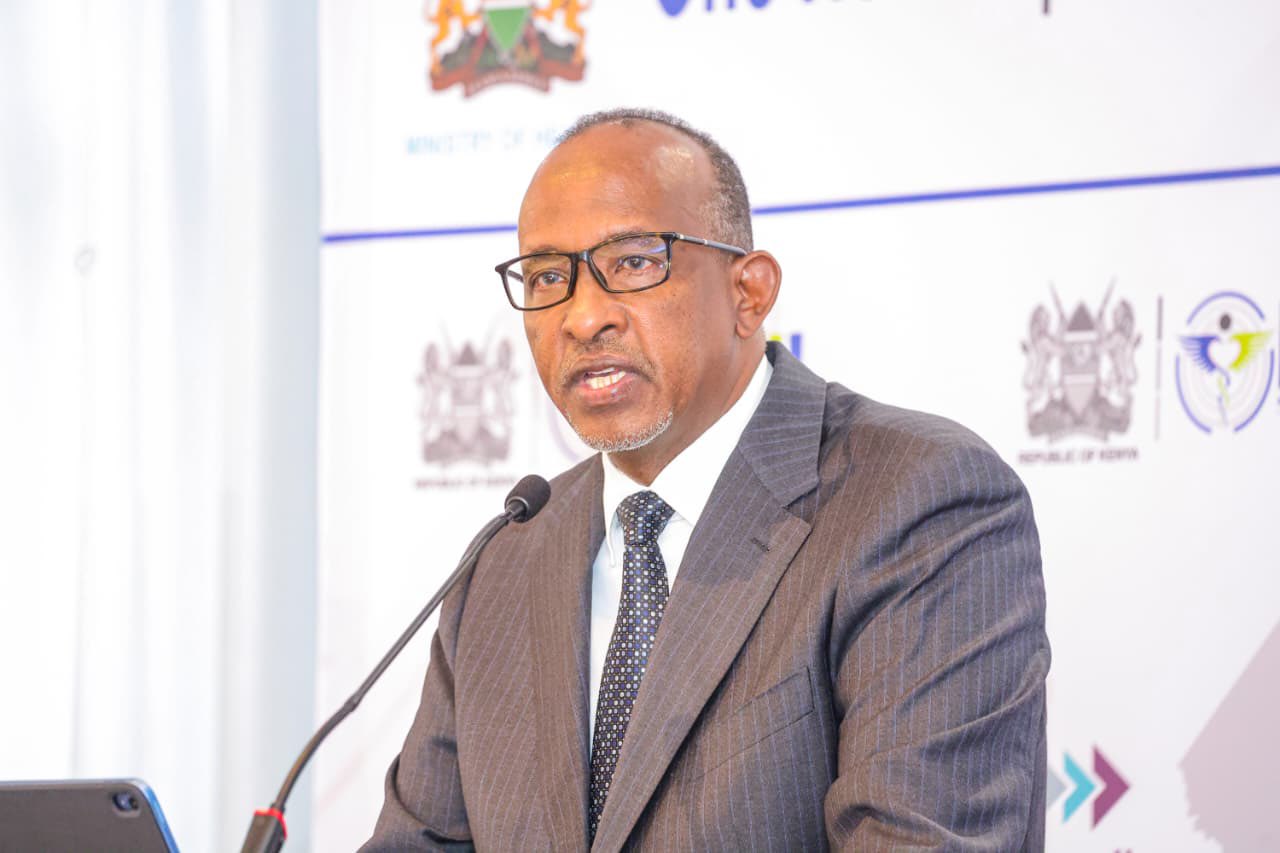After over 10 years without new case, WHO certifies Kenya free of sleeping sickness
- Triumph over sleeping sickness scourge sees Kenya join Benin, Chad, Côte d’Ivoire, Equatorial Guinea, Ghana, Guinea, Rwanda, Togo and Uganda in eradicating the disease.
- Health authorities in Kenya have not reported any indigenous new cases of sleeping sickness since 2009.
- Sleeping sickness, which is only prevalent in Africa, is caused by Trypanosoma brucei rhodesiense (r-HAT) and often progresses fast, attacking multiple organs in human body including the brain.
Kenya has been declared free of sleeping sickness disease, joining 10 other countries in Africa which have received similar certification from the World Health Organization (WHO).
In an update, the UN health agency Director General lauded authorities in Kenya for eliminating Human African trypanosomiasis (HAT), popularly known as sleeping sickness, an infection which is only prevalent in Africa.
The achievement comes seven years after Kenya received similar certification from the WHO for efforts in eliminating the prevalence of Guinea worm disease.
“I congratulate the government and people of Kenya on this landmark achievement,” said Dr Tedros Adhanom Ghebreyesus, WHO Director-General. “Kenya joins the growing ranks of countries freeing their populations of human African trypanosomiasis. This is another step towards making Africa free of neglected tropical diseases”.
According to WHO, sleeping sickness is an infection that is caused by blood parasite Trypanosoma brucei. For humans to get the disease, the parasite transmits the disease causing elements through tsetse fly bites, often carrying the infection from other humans or animals.
Who is most at risk of sleeping sickness?
Quite often, communities living in rural areas and largely depended on agriculture especially keeping of animals or fishing are the most at risk.
According to WHO, sleeping sickness occurs in two variants—gambiense and rhodesiense. The latter is most prevalent in countries across east and southern part of the African continent.
The rhodesiense variant is the one which was present in Kenya.
Sleeping sickness is caused by Trypanosoma brucei rhodesiense (r-HAT) and often progresses fast, attacking multiple organs in human body including the brain. Without treatment, it is fatal within weeks.
“This validation marks a major public health milestone for Kenya, as we celebrate the elimination of a deadly disease in our country. The achievement will not only protect our people but also pave the way for renewed economic growth and prosperity,” stated Dr Aden Duale, Kenya’s Cabinet Secretary for Health. “This follows many years of dedication, hard work and collaboration”.
The first cases of sleeping sickness in Kenya were detected in the early 1900s. Since then, authorities in the country have been deploying measures to help contain and control cases in most at risk zones.
At the moment, health statistics in Kenya show that health care authorities have not reported any indigenous new cases for over 10 years now. In Kenya, the latest autochthonous case was reported in 2009, while the last two exported cases, infected in the Masai Mara National Reserve, were detected in 2012.
In recent years, Kenya has firmed up measures to monitor the occurrence of sleeping sickness across 12 health facilities spread strategically in six historically endemic counties to act as sentinel sites.
According to the Ministry of Health, these monitoring centres were equipped with diagnostic tools and had their clinical personnel trained on diagnostic procedures, including the most sensitive and practical tests for r-HAT.
Read also: New WHO-AU partnership poised to firm up Africa’s health sovereignty
Control and surveillance of tsetse flies
Additionally, the country also actively monitors the control and surveillance of tsetse flies and animal trypanosomiasis, both within and beyond the historical HAT endemic areas, supported by the national veterinary health authorities and the Kenya Tsetse and Trypanosomiasis Eradication Council (KENTTEC).
These measures and the related data provide supplementary backing to the claim of HAT elimination as a public health problem.
“This key milestone reflects Kenya’s efforts and commitment over many years, as a collaboration between national and county governments, national research institutions, development partners and affected communities,” said Dr Patrick Amoth, EBS, Director General Health, Ministry of Health, Kenya.
He added: “The country remains fully committed to sustain the quality of care and surveillance in line with WHO’s recommendations”.
Backed by WHO and partners like FIND, Kenya’s HAT elimination programme has launched a post-validation surveillance plan to monitor for any resurgence or reintroduction of transmission.
WHO sustains ongoing monitoring in formerly affected regions and secures a medicine stockpile for rapid treatment of potential cases, supported by donors Bayer AG and Sanofi.
“This success was made possible by the Ministry of Health’s leadership, the dedication of health workers in areas at risk and the support from key partners,” said Dr Abdourahmane Diallo, WHO Representative to Kenya. “WHO is proud to have contributed to this achievement and encourages all stakeholders to remain involved in post-validation monitoring”.
Progress in global HAT elimination
A total of 57 countries have eliminated at least one NTD. Of these, 10 (including Kenya) have successfully eliminated HAT as a public health problem. The other countries that have reached this milestone are Benin, Chad, Côte d’Ivoire, Equatorial Guinea, Ghana, Guinea, Rwanda, Togo and Uganda.
Share this content:





Post Comment